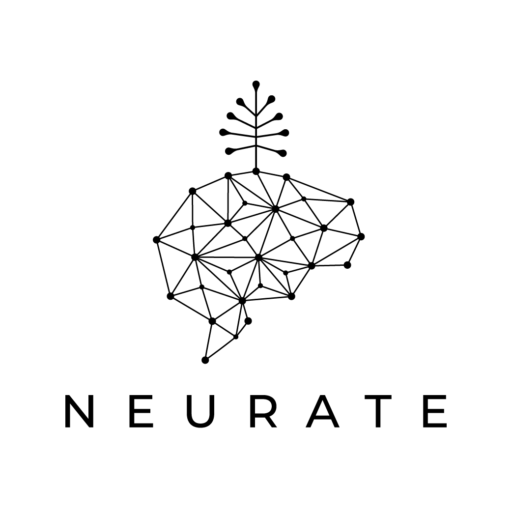“Some things benefit from shocks; they thrive and grow when exposed to volatility, randomness, disorder, and stressors and love adventure, risk, and uncertainty.” – N.N. Taleb
As I transitioned from the neatly organized undergrad studies to the insanely unstable, unpredictable world of research, I wondered if I would ever get a window of stability to start truly learning about neuroscience. How could I perform at my best with all the new articles popping up, opening more questions than giving answers? The sense of insecurity that there is so much to learn, and worse questioning the validity of new information kept haunting me.
While everything around is constantly fluctuating, it becomes hard to find a sense of overview and control.
A colleague I secretly envied spent inordinate amounts of time filing, organizing and tagging articles and data. Then I noticed he did not know more than the rest of us without the superstar filing system.
Perhaps trying to control and organize information and experiences was not necessary?
The good news is that in volatile situations we actually learn faster. This is thanks to dopamine, whose activity mimics learning parameters. Dopaminergic neurons respond quantitatively to the degree of error and also the estimated uncertainty. In new situations, our brains can flexibly adapt by tracking volatility and updating the value of new information. However, there is a breaking point to this system.
Brains differ in their ability to handle uncertainty. It has been shown that the amount of grey matter in the striatum predicts the individual’s ability to deal with ambiguity. The striatum is one of the main projection areas of the dopaminergic neurons and encodes expected values. Those that had difficulties in tolerating an uncertain future had a larger striatum. Being overly burdened by ambiguity can even lead to anxiety disorders.
Do you gain or lose from uncertainty?
This depends if you are trying to control the situation or float with it.
In approaching uncertainty in an analytical and rational way, we can quickly reach limitations and get overloaded. The rational mind is inflexible and tries to “solve” ambiguity in a linear, black-and-white thinking manner, which falls short.
Another way is to activate the parallel processing intuitive brain function that can integrate conflicting information and absorbs like a sponge. This brain function will unconsciously memorize information that has personal and emotional value to us. In this case, uncertainty will add the emotional “spice” that can strengthen learning.
Nicolas Nassim Taleb in his book “Antifragility- Things that gain from uncertainty” says it is crucial to make peace with uncertainty, randomness, and volatility.
References:
“Intolerance of Uncertainty Predicts Increased Striatal Volume” by Kim, M. Justin; Shin, Jin; Taylor, James M.; Mattek, Alison M.; Chavez, Samantha J.; and Whalen, Paul J. in Emotion. Published online May 18 2017 doi:10.1037/emo0000331
“Choice, uncertainty, and value in prefrontal and cingulate cortex.” Rushworth, M.F.S., and Behrens, T.E.J. (2008). Nat. Neurosci. 11, 389–397.

